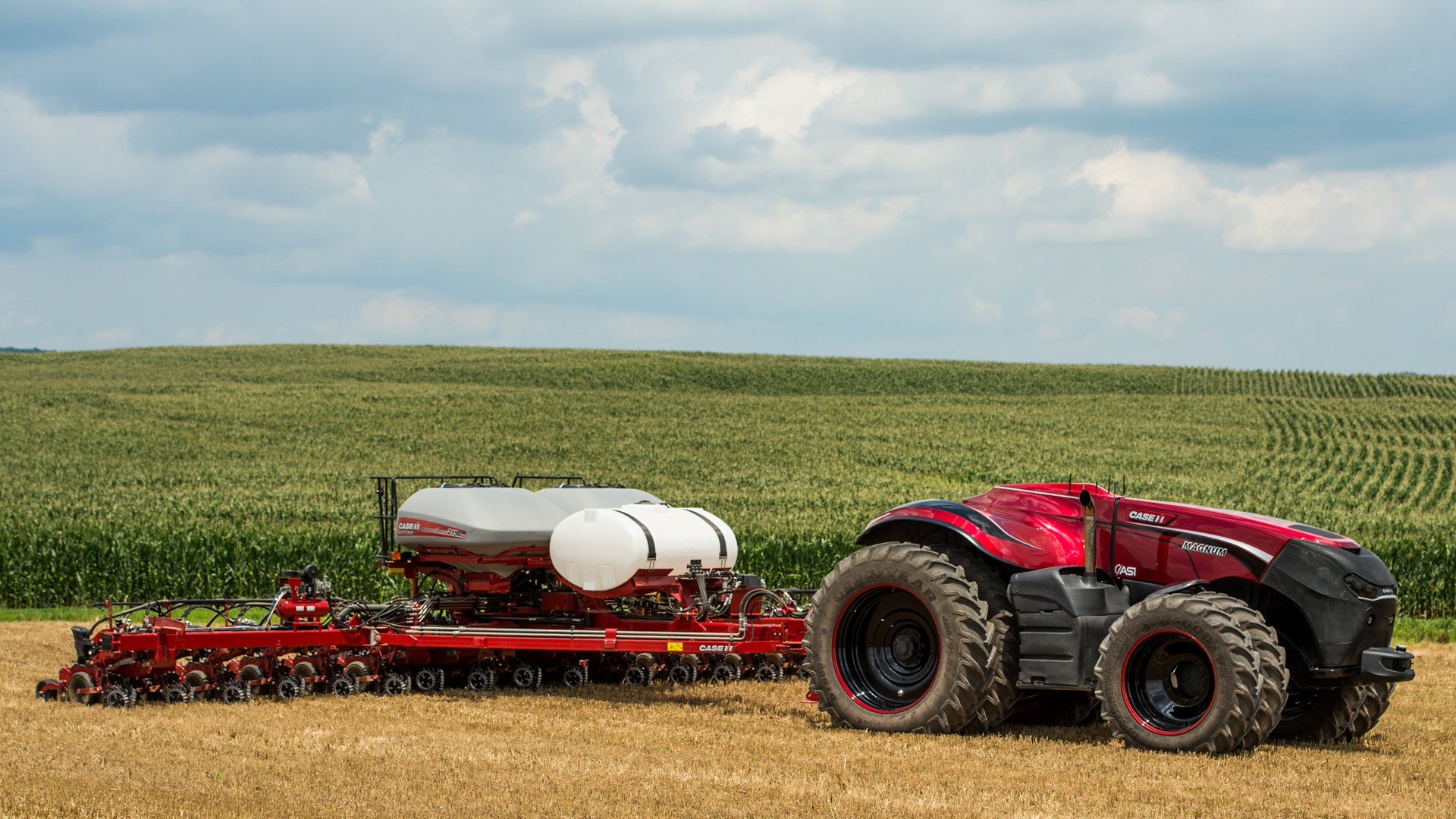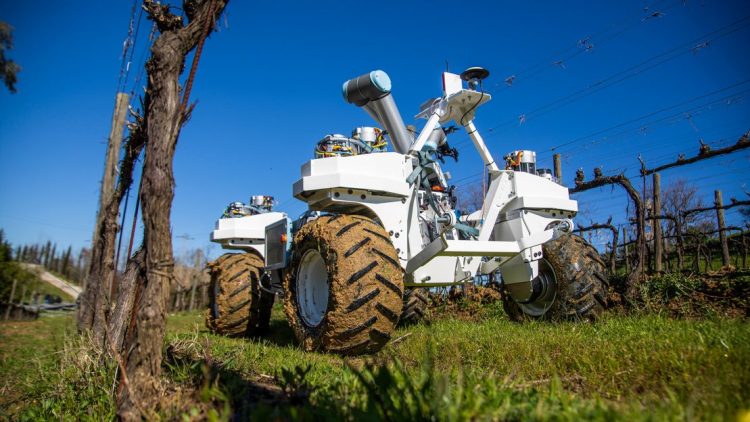In a world where nearly 820 million people still go hungry every year, the global food crisis has never been more urgent. Despite rapid advancements in technology, agricultural inefficiencies, climate change, and geopolitical tensions continue to threaten food security across the globe. Amidst this turmoil, a new player has entered the scene: robotics. Could robots be the game-changer we need to solve the global food crisis? This article explores how robotics are transforming the agricultural landscape and holds the potential to revolutionize food production, distribution, and sustainability.
1. The State of the Global Food Crisis: A Growing Challenge
The global food crisis is multifaceted. It’s not just about the quantity of food, but also the accessibility, affordability, and sustainability of food production systems. Factors such as population growth, resource scarcity, climate change, and geopolitical instability exacerbate this issue. The UN projects that the world’s population will reach nearly 10 billion by 2050, which will require at least 60% more food production. Traditional agricultural systems, however, are already under immense pressure. Overuse of land, inefficient irrigation, soil degradation, and unsustainable farming practices further strain our ability to feed the global population.
2. Enter Robotics: A High-Tech Solution to a High-Stakes Problem
Robotics is one of the most exciting technological innovations that promises to reshape the agricultural industry. From autonomous tractors to drone-assisted planting, robots are already making their mark on farms worldwide. With the integration of artificial intelligence (AI), machine learning, and data analytics, robots can now perform tasks traditionally done by human workers with greater efficiency, precision, and scalability. This allows for higher yields, reduced resource consumption, and more sustainable farming practices.
Key Benefits of Robotics in Agriculture
- Precision Farming: Robots equipped with sensors and cameras can analyze soil conditions, detect plant diseases, and assess crop health. This data allows farmers to make informed decisions about watering, fertilizing, and harvesting, resulting in more efficient use of resources and higher crop yields.
- Labor Efficiency: Agriculture has long relied on manual labor, but this can be a significant bottleneck, especially in regions facing labor shortages. Robots can automate repetitive tasks like planting, weeding, and harvesting, freeing up human workers to focus on more strategic activities. This is particularly crucial in areas with an aging agricultural workforce.
- Sustainability: Robotics can minimize the environmental impact of farming by using fewer chemicals, reducing water waste, and optimizing land use. Precision tools can apply pesticides and fertilizers only where they are needed, reducing chemical runoff and soil degradation. Robots also enable no-till farming, preserving soil structure and improving carbon sequestration.
- 24/7 Operations: Unlike human workers, robots don’t need breaks, rest periods, or sleep. They can work continuously, ensuring that farming operations are more efficient and able to respond to changes in weather or other conditions promptly.

3. Robotics in Action: Real-World Applications
Several companies are already pioneering the integration of robotics into farming, bringing these futuristic concepts to life. Let’s explore a few examples.
Autonomous Tractors and Harvesters
Autonomous tractors, such as those developed by John Deere, are changing how farmers approach tilling and planting. These machines use GPS and AI to navigate fields with minimal human intervention. They can even adjust their speed and operations based on soil conditions, ensuring optimal performance. Autonomous harvesters, such as those from companies like Ripe Robotics, are already capable of picking delicate fruits like strawberries, minimizing waste and labor costs.
Drones for Crop Monitoring and Planting
Drones are increasingly being used in agriculture for crop monitoring, aerial imaging, and even planting. Equipped with high-resolution cameras, drones can monitor crop health, track pest infestations, and measure soil moisture levels. In some cases, drones are also being used for aerial seeding, planting cover crops, and even distributing fertilizers or pesticides precisely where needed.
Robotic Weeders and Planters
Weeding has traditionally been one of the most labor-intensive and time-consuming aspects of farming. Robotic weeders, like those developed by companies such as Naïo Technologies, use AI and machine learning to distinguish between crops and weeds. They can then selectively remove the unwanted plants with high precision, reducing the need for harmful herbicides and herbicide-resistant weeds. Similarly, robotic planters like those from the company Fendt allow for accurate seeding, optimizing crop spacing for better yields.
4. Robotics and the Environment: A Green Revolution?
One of the most compelling aspects of robotic technology in agriculture is its potential to drive sustainability. Agriculture is responsible for nearly 25% of global greenhouse gas emissions, primarily due to practices like deforestation, overuse of chemical fertilizers, and inefficient water use. Robotics offers a solution to many of these challenges by improving resource efficiency and reducing the need for harmful chemicals.
- Water Efficiency: Traditional irrigation systems often lead to significant water waste, especially in water-scarce regions. Robots can optimize irrigation schedules, using real-time data to ensure that crops receive just the right amount of water, thereby conserving precious resources.
- Reduced Pesticide Use: Robots that are capable of identifying pests early in their lifecycle can help reduce the need for widespread pesticide applications. This minimizes chemical runoff into water systems and reduces the environmental impact of pesticide use.
- Precision in Fertilization: Fertilizers are essential for high crop yields but can also contribute to soil and water pollution when over-applied. Robotic systems can apply fertilizers only where they are needed, improving nutrient use efficiency and reducing environmental impact.
5. Barriers to Widespread Adoption of Robotics in Agriculture
While the potential benefits of robotics in agriculture are clear, several barriers remain that hinder its widespread adoption. These challenges include high initial costs, technological complexity, and limited infrastructure in rural areas.
High Costs and Investment
Robotic systems are still relatively expensive, particularly for small-scale farmers in developing countries. The high upfront investment required for autonomous tractors, drones, and robotic harvesters can be prohibitive, especially when the returns on investment are not immediately apparent. However, as technology advances and economies of scale are realized, costs are expected to decrease over time.

Technological Complexity
Integrating robotics into traditional farming operations can be a complex process. Farmers may need extensive training to operate and maintain these systems effectively. Additionally, the high-tech nature of robotics requires reliable internet connections and software platforms, which may not be available in all regions.
Regulatory Hurdles
The use of robots in agriculture raises several regulatory concerns. Issues such as data privacy, liability in the event of system failures, and the regulation of AI-driven machines need to be addressed to ensure the safe and ethical deployment of robotics.
6. The Future of Robotics in Global Food Security
As robotics technology continues to evolve, its role in solving the global food crisis is likely to expand. The future of agriculture could see widespread automation and AI-driven decision-making, where robots work collaboratively with humans to maximize yields, minimize waste, and address food security challenges. The integration of advanced sensors, autonomous systems, and real-time data analytics could usher in a new era of “smart farming.”
Conclusion: A Paradigm Shift in Food Production
Robotics is undoubtedly a key player in the future of agriculture. While it is unlikely that robots alone will solve the global food crisis, they are an essential piece of the puzzle. By enhancing productivity, reducing resource consumption, and improving sustainability, robotics can contribute significantly to feeding the world’s growing population in a way that is both economically and environmentally viable.
As the technology matures and becomes more accessible, we can expect to see even greater innovations in the field of agricultural robotics. In the long run, the combination of robotics, AI, and sustainable farming practices could lead to a food system that is more resilient, equitable, and capable of meeting the challenges of the 21st century.











































